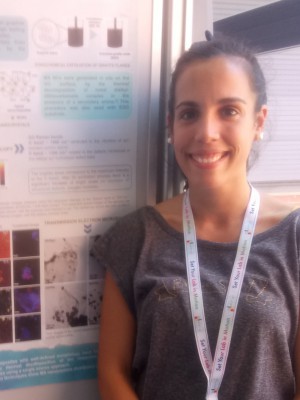abstract
We reported here a one-step chemical route to prepare nanocomposites comprising CuS nanophases supported on GO sheets with magnetic properties. The synthesis reported here combines such materials in single-nanostructures that show morphological features well-suited for wastewater treatment. The photocatalytic performance of CuS/GO nanocomposites was first investigated towards the removal of a common organic dye (rhodamine B) and sulfamethoxazole (SMX), which is an antibiotic considered a water contaminant of emerging concern. The RhB and SMX adsorption efficiency of CuS/GO and Fe3O4/GO/CuS hybrids, as well as of CuS particles, was significantly higher than GO or Fe3O4/GO. Overall, the CuS-based magnetic and CuS/GO hybrids have shown the capacity to uptake more than 80 % of RhB or SMX, after 120 minutes. Under blue-led irradiation, almost complete degradation of RhB was achieved in the presence of CuS/Fe3O4/GO, after 180 minutes; and higher than 85 % degradation of SMX, after 240 minutes of irradiation. The photocatalytic behaviour of nanocomposites was best described by the first–order kinetic model, for which k values for degradation of RhB and SMX followed the order: CuS/Fe3O4/GO>CuS/GO>CuS. The tricomponent CuS/Fe3O4/GO can be easily recovered after use and be reused maintain their high photocatalytic performance, thus providing a sustainable and cost-effective hybrid solution for water treatment. © 2024 Wiley-VCH GmbH.
authors
Lopes J.L.; Estrada A.C.; Trindade T.




